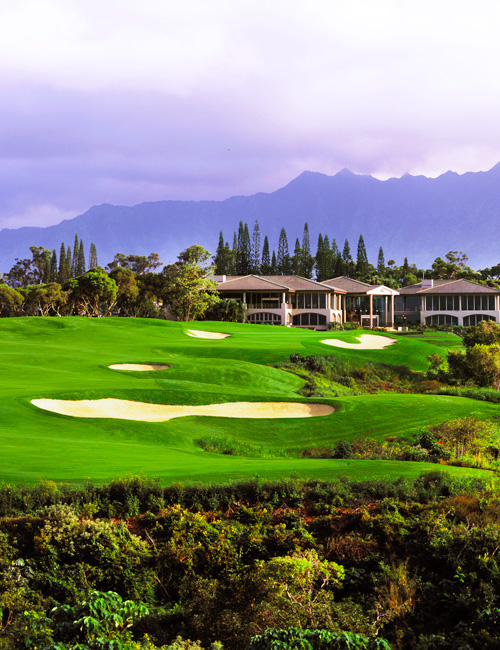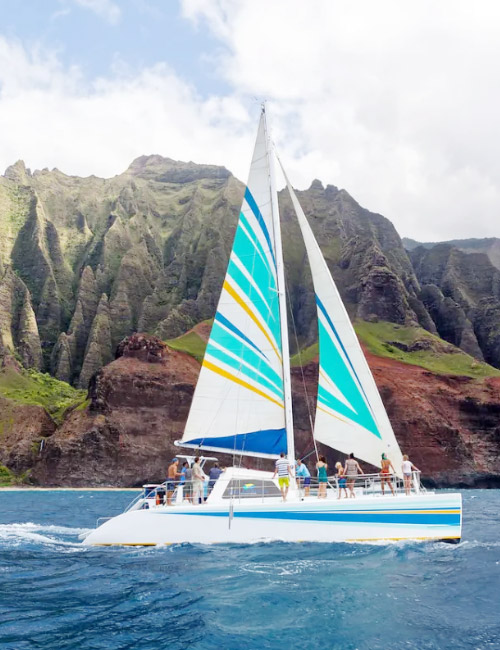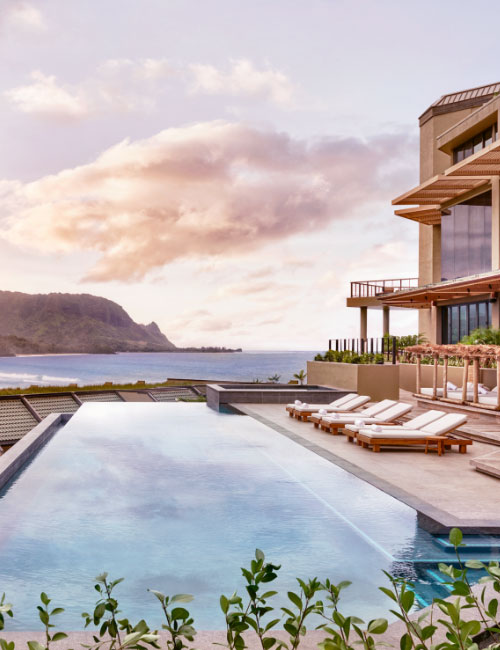Source: travelandleisure.com
As the oldest inhabited Hawaiian island, Kauaʻi is blessed with lush jagged mountaintops, verdant forests, and fertile valleys that give way to golden-sand beaches washed by the crystal-clear waters of the Pacific. In fact, while the Garden Isle is only the fourth largest in the archipelago, about half of its 111-mile shoreline comprises beautiful, unspoiled beaches. And Hanalei Beach, which was just named one of Tripadvisor's best beaches in the U.S., is its crown jewel.
This two-mile crescent-shaped swath of coastline (its name literally means "lei making" in reference to its shape) on the North Shore, where the Hanalei River meets the Pacific Ocean, is set against the breathtaking Nāmolokama mountain, towering 4,400 feet above it. With a setting so stunning, it's no wonder that Hanalei Beach has often made cameos in Hollywood movies such as "The Descendants."
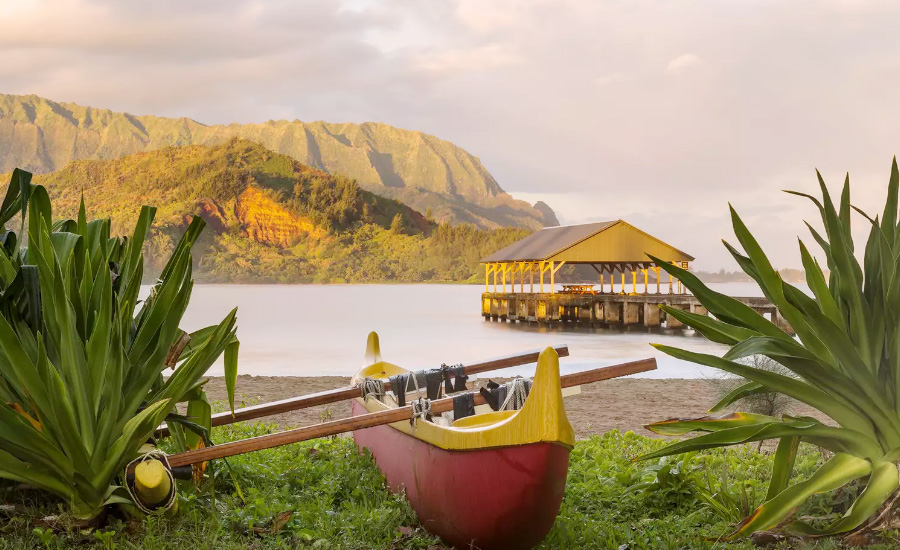
The beach, stretching along Kauaʻi's largest bay, is made up of several parks, all offering something distinct. Black Pot Beach, which stretches from the river mouth up to the famous 300-foot-long Hanalei Pier, is a favorite of visitors and locals on weekends, when the grassy patch in front of the sand fills up with tents and picnic tables. Other amenities include a parking lot, restrooms, and a boat ramp helping water sports enthusiasts launch their kayaks into the water.
Hanalei Pavillion Beach Park, with its wide golden-sand beach, is one of the most popular spots for sunbathing along Hanalei Bay. Lifeguards are always on duty here as the waters in front of the beach can become quite busy with swimmers, boogie boarders, or paddleboarders. If you'd like to stay closer to downtown Hanalei and all its family-owned businesses, historic landmarks, and restaurants, this is the perfect spot (it also has ample parking, but plan to come early). The views over the entire bay are spectacular, with Makahoa Point to the left and Pu'u Poa Point to the right.
Lastly, Waiʻoli Beach Park, located along the southern part of Hanalei Bay, is home to one of Hawaiʻi's most famous surf breaks: Pine Trees. Winter brings high surf, so swimming can be dangerous, but the waters are calm in the summer, and even beginner surfers can enjoy them.
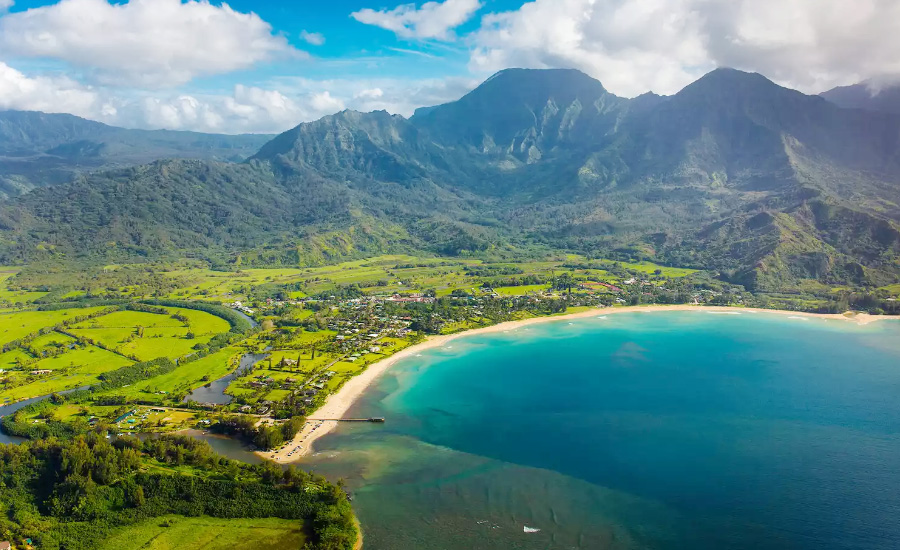
While Hanalei Beach is a haven for ocean lovers, thanks to the endless array of water activities travelers can enjoy year-round, the area is also rooted in Hawaiian history and culture.
"Hanalei Bay is one of Hawaiʻi's most iconic destinations and is a deeply sacred place that is revered in kanaka ʻōiwi (Native Hawaiian) culture," Tiele Doudt, Hawaiian cultural manager at 1 Hotel Hanalei Bay, the region's newest luxury stay, told Travel + Leisure. "The larger Haleleʻa district, of which Hanalei is included within, is famous for the winds and rains that bring life to loʻi kalo [irrigated terracing for taro plants], loko iʻa [fishpond aquaculture], and to the native fisheries that are present within the natural seascape."
Taro, the starchy root vegetable with heart-shaped leaves cultivated in flooded fields, has been a staple in the Hawaiian diet since ancient times. Today, farms in Hanalei Valley produce more than half of all the taro in Hawaiʻi.


